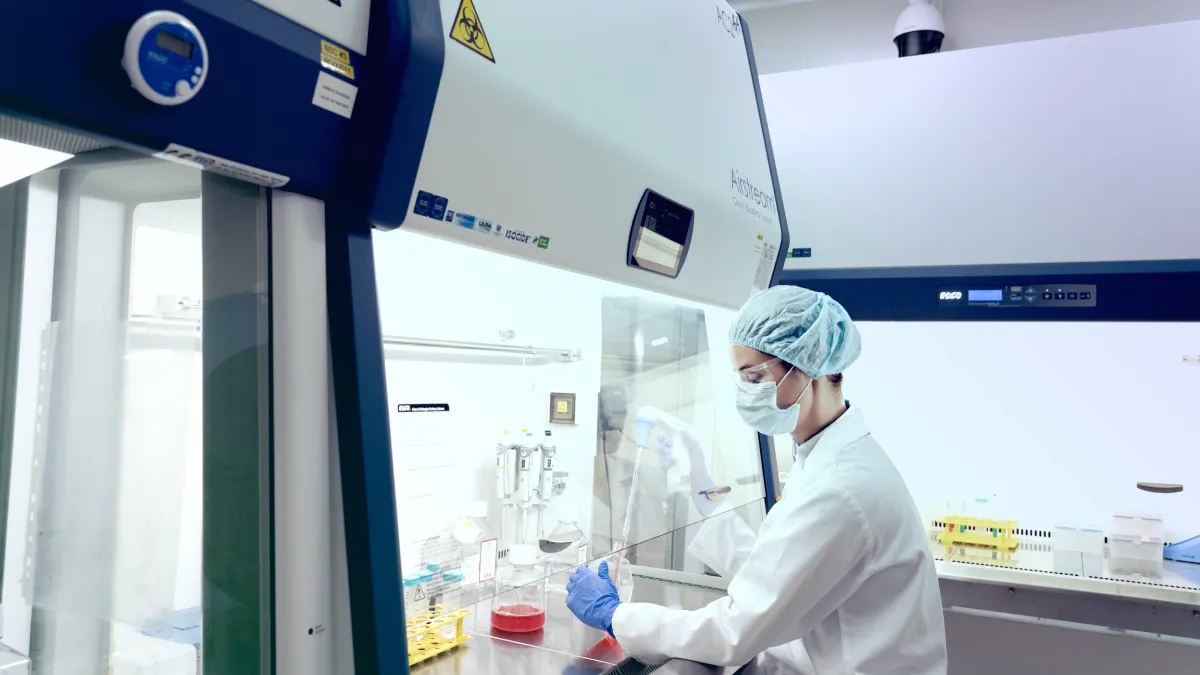
LIVE
Attenuated vaccines contain live viruses albeit "weakened". These viruses live such that they can induce an immune response but not strong enough to cause disease to the host

KILLED
Inactivated vaccines contain inactive or "killed" viruses. The viruses were inactivated using either chemical or physical processes but retain their composition thus still allowing them to induce an immune response

LIMITED REPLICATION
Viruses used for attenuated vaccines are passed in a cell line that is very different from the intended recipient. By doing so, the virus would mutate to be very efficient in reproducing in the new cell line while losing its capability to replicate in the old cell line

NO REPLICATION
Since the viruses for inactivated vaccines are "killed" they have no ability to replicate, making this type of vaccine much safer than attenuated vaccines.

LONG-TERM IMMUNITY
Due to the nature of the viruses contained within attenuated vaccines, the immunity provided by this type of vaccine is typically long-term.

NEEDS BOOSTERS
Due to the nature of the viruses contained within inactivated viruses, the immunity provided by this type of vaccine is relatively shorter and requires boosters to provide long term immunity.
THE TECHNOLOGY OF CHOICE
Regardless of the desired vaccine to be produce, VacciXcell's tidemotion bioreactor is your perfect partner. Tidemotion bioreactors are able to culture any type of adherent cell line used in virus production. The proprietary technology and linear scalability guarantees high virus titers while maintaining low operational and developmental costs.
Sign up to our newsletter and receive the latest news and updates about our products!
